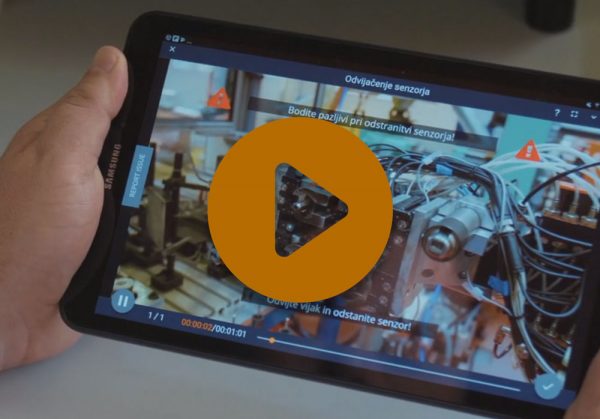
Did you know that people only remember 10% of what they read? If you add images, then it doubles. Video and interaction make it even better. This is why knowledge transfer in work situations is most effective when it is based on images and videos.
Visual work instructions are easy to train with and easy to understand. By thinking visually, we can transform typical, hard-to-understand instructions into visually engaging, usable documents. The result? Lowered job costs due to greater productivity, higher quality, and less waste.

No matter if you are using augmented reality or standard videos, these are the eight reasons why a visual presentation of instructions is a way to go:
Studies show that reading blocks of text are one of the least efficient methods of transferring knowledge – especially when it involves co-workers with little education. With this in mind, it is less than ideal that most quality systems are based on written work instructions. Perhaps this is because most of us find it easier to write a document than to create an instructional video? As you will see here, modern video tools mean that it is now much easier to create visual work instructions. So there is really no good reason not to make those work instructions visual.
“Tell me, and I will forget.
Show me, and I will remember.
Involve me, and I will understand.
Step back, and I will act.”